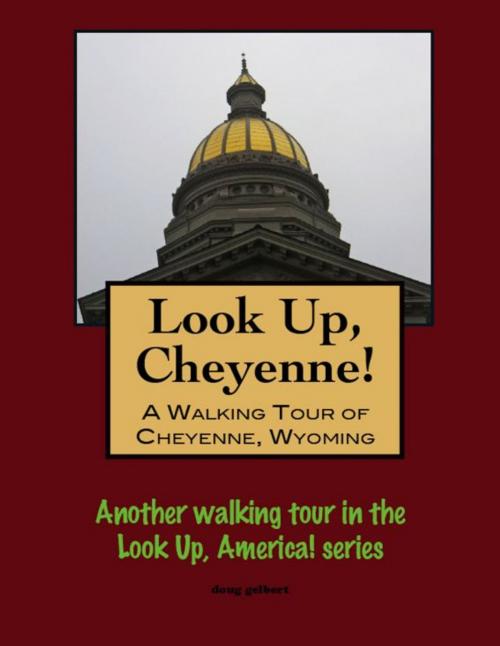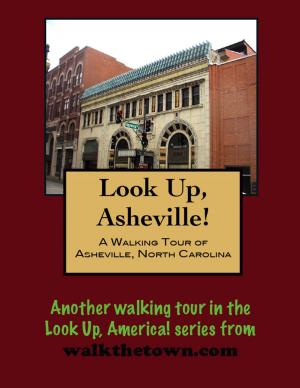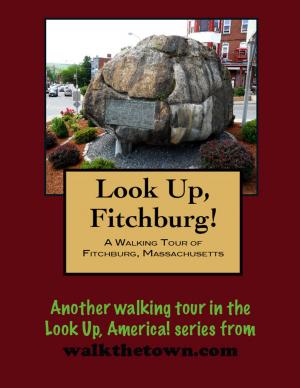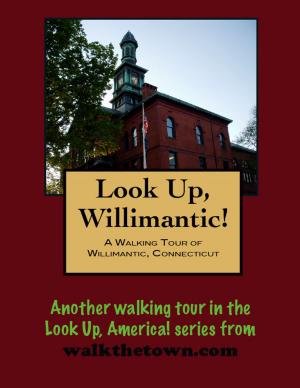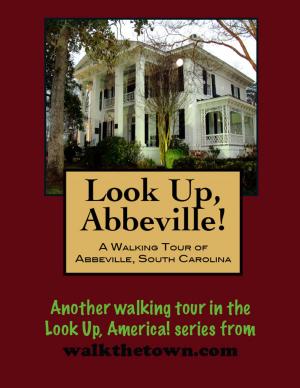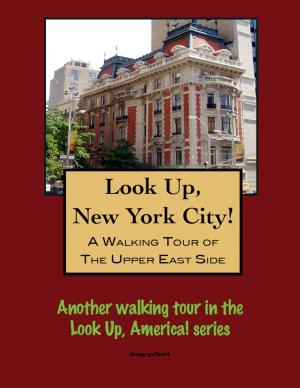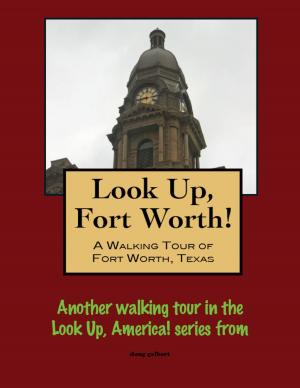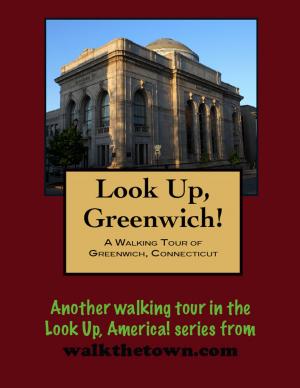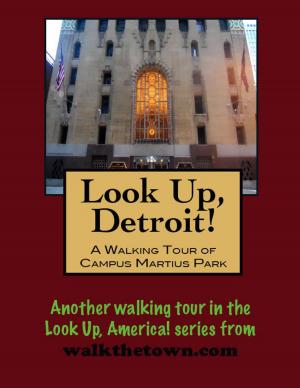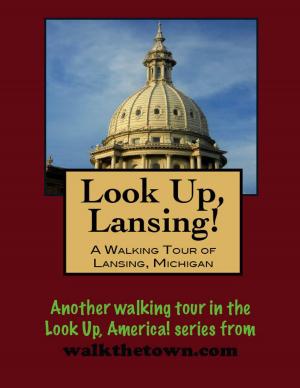| Author: | Doug Gelbert | ISBN: | 9781301159611 |
| Publisher: | Doug Gelbert | Publication: | December 12, 2012 |
| Imprint: | Smashwords Edition | Language: | English |
| Author: | Doug Gelbert |
| ISBN: | 9781301159611 |
| Publisher: | Doug Gelbert |
| Publication: | December 12, 2012 |
| Imprint: | Smashwords Edition |
| Language: | English |
There is no better way to see America than on foot. And there is no better way to appreciate what you are looking at than with a walking tour. Whether you are preparing for a road trip or just out to look at your own town in a new way, a downloadable walking tour is ready to explore when you are.
Each walking tour describes historical and architectural landmarks and provides pictures to help out when those pesky street addresses are missing. Every tour also includes a quick primer on identifying architectural styles seen on American streets.
In 1867 General Grenville Dodge, chief engineer for the Union Pacific Railroad, selected a favorite camping spot on the Crow Creek to be a terminal town for the railroad’s transcontinental line building west from Omaha. When word got out about the decision so many land speculators and entrepreneurs - and gamblers and other assorted boomtown ne’er-do-wells - descended on “Crow Creek Crossing” that there was a town of 4,000 people waiting for the railroad when the track reached the settlement in November of 1867. The appearance of a town where the gradual slope of the prairie meets the steepening grades of the Laramie Mountains where none existed mere weeks before earned Cheyenne the sobriquet of “Magic City of the Plains.”
When the Wyoming Territory was established less than two years later Cheyenne was the largest town in the new territory and was designated the capital, over the grumblings of other more established towns. When Wyoming became a state in 1890, Cheyenne transitioned to the permanent capital, becoming one of America’s least centralized capital cities.
The thing about magic is that it not only makes things appear but disappear as well. And the boom times for the Magic City of the Plains, ushered in by the railroad and vast fortunes made by cattle barons, disappeared and re-appeared with regularity in Cheyenne’s early days. The effect of these economic swings is reflected on the face of Cheyenne even today. There remain downtown opulent buildings from the 1880s and the first decades of the 1900s when Cheyenne’s location on the Lincoln Highway, America’s first transcontinental roadway, revitalized the town. The Lincoln Highway, Route 30, ran right down 16th Street. When the Depression skidded Cheyenne’s boom years to a halt in the 1930s few could afford to tear down these historic buildings and replace them with new stock. Often the two-and three-story brick buildings received a modernized facelift instead. Decades later some have been restored to their original facades, leaving an historical imprint on the Cheyenne streetscape.
Our walking tour of the only capital Wyoming has ever known will begin in the shadow of its tallest building, one of only ten gold domed statehouses in the United States...
There is no better way to see America than on foot. And there is no better way to appreciate what you are looking at than with a walking tour. Whether you are preparing for a road trip or just out to look at your own town in a new way, a downloadable walking tour is ready to explore when you are.
Each walking tour describes historical and architectural landmarks and provides pictures to help out when those pesky street addresses are missing. Every tour also includes a quick primer on identifying architectural styles seen on American streets.
In 1867 General Grenville Dodge, chief engineer for the Union Pacific Railroad, selected a favorite camping spot on the Crow Creek to be a terminal town for the railroad’s transcontinental line building west from Omaha. When word got out about the decision so many land speculators and entrepreneurs - and gamblers and other assorted boomtown ne’er-do-wells - descended on “Crow Creek Crossing” that there was a town of 4,000 people waiting for the railroad when the track reached the settlement in November of 1867. The appearance of a town where the gradual slope of the prairie meets the steepening grades of the Laramie Mountains where none existed mere weeks before earned Cheyenne the sobriquet of “Magic City of the Plains.”
When the Wyoming Territory was established less than two years later Cheyenne was the largest town in the new territory and was designated the capital, over the grumblings of other more established towns. When Wyoming became a state in 1890, Cheyenne transitioned to the permanent capital, becoming one of America’s least centralized capital cities.
The thing about magic is that it not only makes things appear but disappear as well. And the boom times for the Magic City of the Plains, ushered in by the railroad and vast fortunes made by cattle barons, disappeared and re-appeared with regularity in Cheyenne’s early days. The effect of these economic swings is reflected on the face of Cheyenne even today. There remain downtown opulent buildings from the 1880s and the first decades of the 1900s when Cheyenne’s location on the Lincoln Highway, America’s first transcontinental roadway, revitalized the town. The Lincoln Highway, Route 30, ran right down 16th Street. When the Depression skidded Cheyenne’s boom years to a halt in the 1930s few could afford to tear down these historic buildings and replace them with new stock. Often the two-and three-story brick buildings received a modernized facelift instead. Decades later some have been restored to their original facades, leaving an historical imprint on the Cheyenne streetscape.
Our walking tour of the only capital Wyoming has ever known will begin in the shadow of its tallest building, one of only ten gold domed statehouses in the United States...
